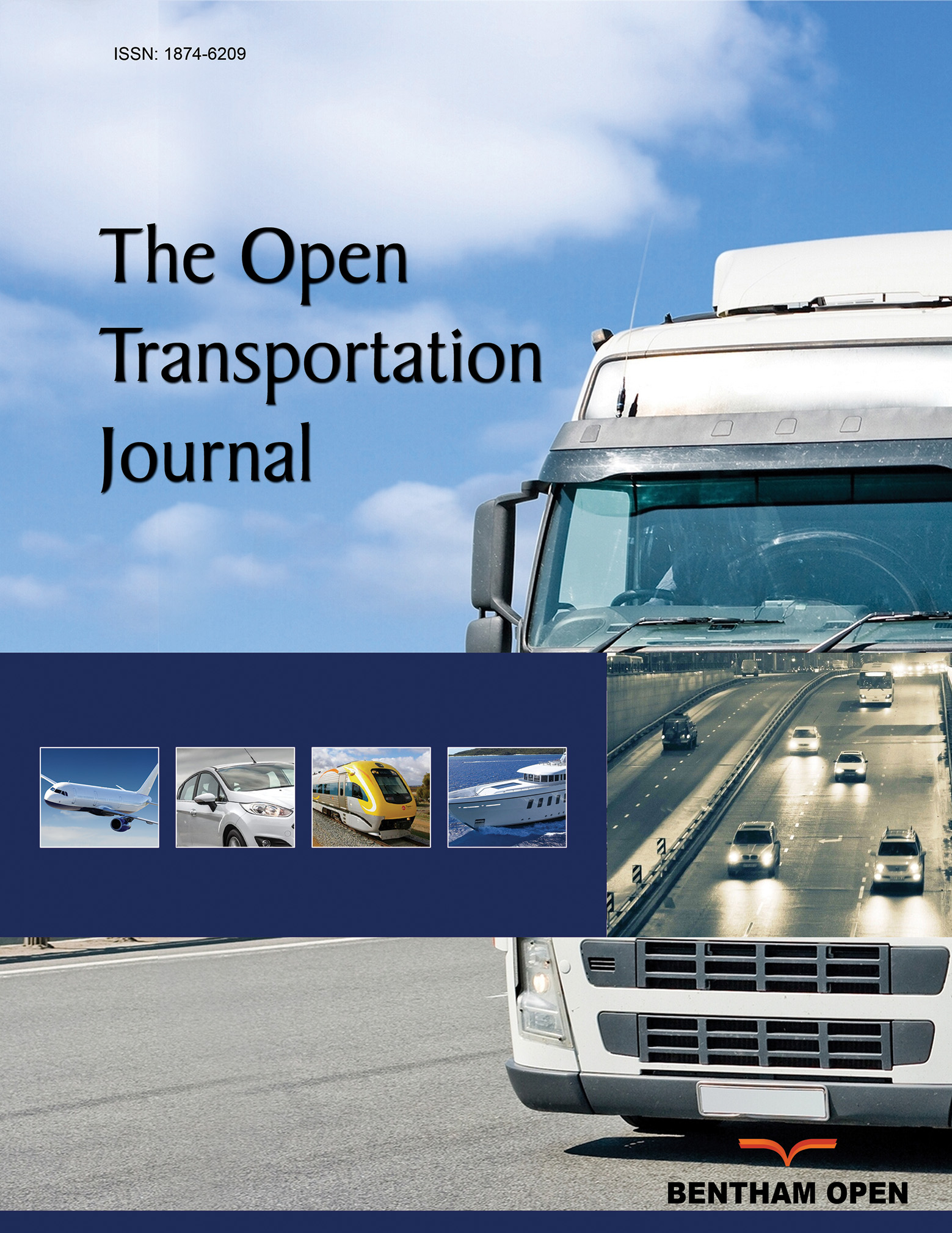All published articles of this journal are available on ScienceDirect.
Improving Container Port Terminal Services’ by Applying CSI and QFD
Abstract
Background:
Tenau Container Port Terminal’s operation in Kupang City has low-quality services. Few studies have tried to consider the QFD and IPA methods along with other methods. Therefore, this study will try to complement previous studies using the Customer Services Index (CSI) to evaluate and improve the terminal service quality.
Objective:
The aim of this study is to analyze container operational services’ performance at the Port of Tenau-Kupang and find solutions to improve the container terminal services quality. The objective is to complement previous studies with regard to evaluating and improving the terminal service quality.
Methods:
This study uses the Customer Services Index (CSI), Importance Performance Analysis (IPA), and Quality Function Deployment (QFD) to evaluate and improve the container terminal services quality.
Results:
Several strategies such as equipment routine maintenance, truck and workers’ readiness, optimal utilization of tugboats, preparation of additional container yards, worker certification, and additional training for operators are recommended to enhance operational services’ ports.
Conclusion:
The results of this study have several similarities with the results of previous studies, especially those related to technical problems. On the other hand, there are differences in results with other studies due to differences in environmental conditions and characteristics of human resources.


